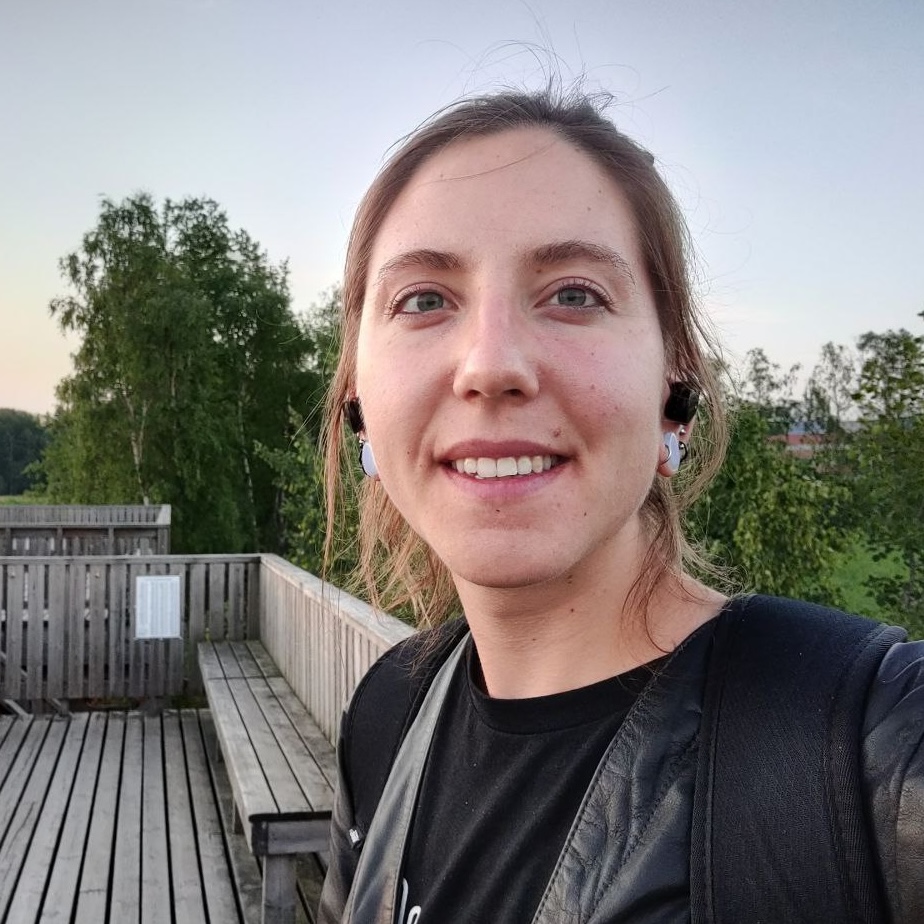Modern Feedback Delay Networks for Realistic and Creative Reverberation
The Feedback Delay Network (FDN), originally proposed over 50 years ago, remains one of the most widely used structures for real-time artificial reverberation. An FDN consists of a set of delay lines combined with attenuation filters, interconnected through a feedback matrix. This topology simulates the recursive process of sound waves reflecting within an acoustic space. FDNs are computationally efficient, highly parametrizable, and provide a flexible framework for exploring a wide range of delay-based reverberation designs.
Recent research has focused on improving the efficiency and perceptual quality of FDNs to produce more realistic reverberation, particularly for spatial audio applications requiring multichannel systems. This talk will present an overview of the state of the art in FDN design, current research directions, and best practices for the challenging task of parameter design and tuning.
One of the most notable recent advancements includes the use of gradient descent optimization schemes to improve the smoothness and spectral coloration of FDNs, enabling a reduction in computational cost. Moreover, sparse filter-based feedback matrix design and grouped FDN topologies allow for modeling more complex acoustic scenes.
In addition to these technical developments, the talk will also explore how FDNs can be used for artistic applications, such as creating reverberation with intentionally unnatural characteristics, including time-varying behavior, shimmering effects, and reverb enhancement systems.

Gloria Dal Santo
Doctoral Researcher
Aalto University
Gloria Dal Santo received the M.Sc. degree in electrical and electronic engineering from the École Polytechnique Fédérale de Lausanne, Switzerland, in 2022. During her studies, she focused on the modeling and cancellation of acoustic echo. She is currently pursuing a doctoral degree at the Acoustics Lab, Aalto University, Espoo, Finland. Her research interests include artificial reverberation, spatial audio, and audio applications of machine learning. In her free time, she is involved with the Entropy DJ collective and is exploring live music coding through the Algorave community.